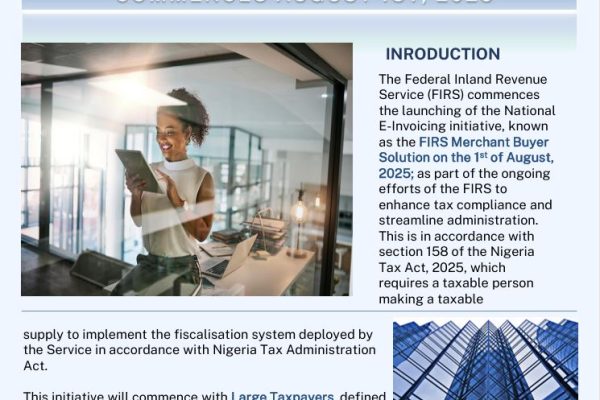The Ultimate Guide to Payroll Management
The Ultimate Guide to Payroll Management
Effective payroll management is crucial for the success of any business, but it becomes particularly important for small and medium businesses (SMBs) that need to balance operational efficiency with limited resources. Proper payroll management ensures that employees are paid accurately and on time while adhering to regulatory requirements. This guide provides an in-depth look at the best practices for payroll management tailored specifically for SMBs.
Understanding Payroll Management
What is Payroll Management?
Payroll management involves the process of calculating and distributing employee salaries, managing tax withholdings, and ensuring compliance with labor laws and regulations. It encompasses everything from tracking employee hours to processing payments and handling deductions.

Why is it Important for SMBs?
For SMBs, effective payroll management is vital for maintaining employee satisfaction, ensuring compliance, and optimizing financial resources. Mistakes in payroll can lead to costly fines, legal issues, and decreased employee morale.
Best Practices for Payroll Management
1. Automate Payroll Processes
Why Automation Matters
Automation simplifies complex payroll tasks, reduces the risk of human error, and ensures timely and accurate processing. It also frees up valuable time for HR staff to focus on other strategic activities.
How to Implement Automation
Choose Reliable Payroll Software: Invest in a robust payroll management system that integrates with your timekeeping and HR systems.
Set Up Automated Calculations: Configure the software to handle salary calculations, tax withholdings, and benefit deductions automatically.
Schedule Regular Updates: Ensure your software is updated regularly to incorporate the latest tax rates and regulatory changes.
2. Maintain Accurate Records
Importance of Accurate Record-Keeping
Accurate records are essential for compliance, auditing, and effective payroll management. They provide a clear history of payroll transactions and support accurate financial reporting.
Best Practices for Record-Keeping
Keep Detailed Records: Maintain records of employee hours, wages, benefits, and deductions.
Utilize Cloud Storage: Use secure cloud-based systems to store payroll records, ensuring easy access and backup.
Regularly Review and Update: Conduct periodic reviews of your records to ensure accuracy and completeness.
3. Ensure Compliance with Regulations
Why Compliance is Critical
Compliance with federal, state, and local regulations helps avoid legal issues and financial penalties. Payroll regulations frequently change, making it crucial to stay informed.
Steps to Ensure Compliance
Stay updated on regulations: Follow updates from relevant tax authorities and labor boards to stay current with regulatory changes.
Conduct Regular Audits: Perform internal audits to ensure compliance with payroll laws and regulations.
Consult with experts: Engage with payroll specialists or legal advisors to navigate complex regulatory requirements.
4. Implement Effective Time Tracking
The Role of Time Tracking
Accurate time tracking is essential for calculating employee pay and managing labor costs. It helps prevent discrepancies and ensures that employees are paid for their actual hours worked.
Time Tracking Best Practices
Use Digital Timekeeping Systems: Implement electronic time clocks or time-tracking software to accurately capture employee work hours.
Establish Clear Policies: Develop clear timekeeping policies and communicate them to employees.
Monitor and Adjust: Regularly review timekeeping data to identify and address any inconsistencies or issues.
5. Streamline Benefits Administration
Why Benefits Management is Important
Benefits administration is a critical component of payroll management, impacting both employee satisfaction and financial planning. Accurate benefits management ensures that employees receive the correct benefits and that the company complies with benefit regulations.
Best Practices for Benefits Administration
Integrate with Payroll Systems: Use payroll software that integrates with benefits administration tools to streamline processing.
Provide Clear Communication: Offer clear information about benefits to employees, including enrollment options and changes.
Review Benefits Regularly: Periodically review benefits offerings and make adjustments based on employee feedback and regulatory changes.
6. Focus on Employee Communication
The Importance of Communication
Clear and timely communication with employees regarding payroll matters helps build trust and resolve any issues promptly. It also reduces confusion and improves overall satisfaction.
Effective Communication Strategies
Provide Regular Updates: Keep employees informed about pay schedules, tax changes, and benefits updates.
Offer Accessible Support: Make payroll support easily accessible through various channels, such as email or a dedicated helpdesk.
Address Concerns Promptly: Respond to employee inquiries and concerns about payroll issues in a timely manner.
7. Plan for Payroll Contingencies
Why Contingency Planning Matters
Contingency planning helps ensure that payroll processes continue smoothly in case of unexpected events, such as system failures or staff absences. It minimizes disruption and ensures timely employee payments.
Steps to Plan for Contingencies
Develop a Backup Plan: Create a backup plan for payroll processing, including alternative methods for data entry and payment distribution.
Cross-Train Staff: Train multiple staff members on payroll procedures to ensure continuity in case of staff absences.
Regularly Test Systems: Conduct regular tests of your payroll systems and backup processes to ensure they are functioning correctly.
Effective payroll management is essential for small and medium businesses to maintain operational efficiency, ensure compliance, and keep employees satisfied. By implementing best practices such as automating payroll processes, maintaining accurate records, ensuring regulatory compliance, and focusing on effective communication, SMBs can streamline their payroll operations and mitigate potential issues.
Investing in robust payroll management practices not only helps in managing payroll efficiently but also contributes to a positive workplace environment and overall business success. By following these best practices, small and medium businesses can achieve a more streamlined, accurate, and compliant payroll process, ultimately supporting their growth and sustainability.










